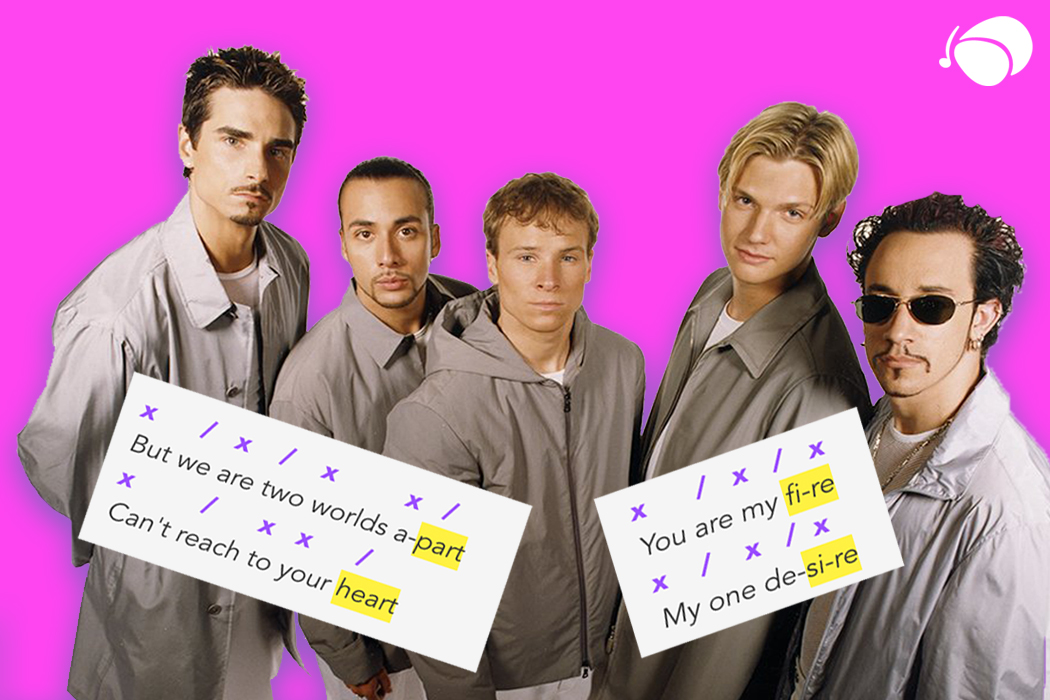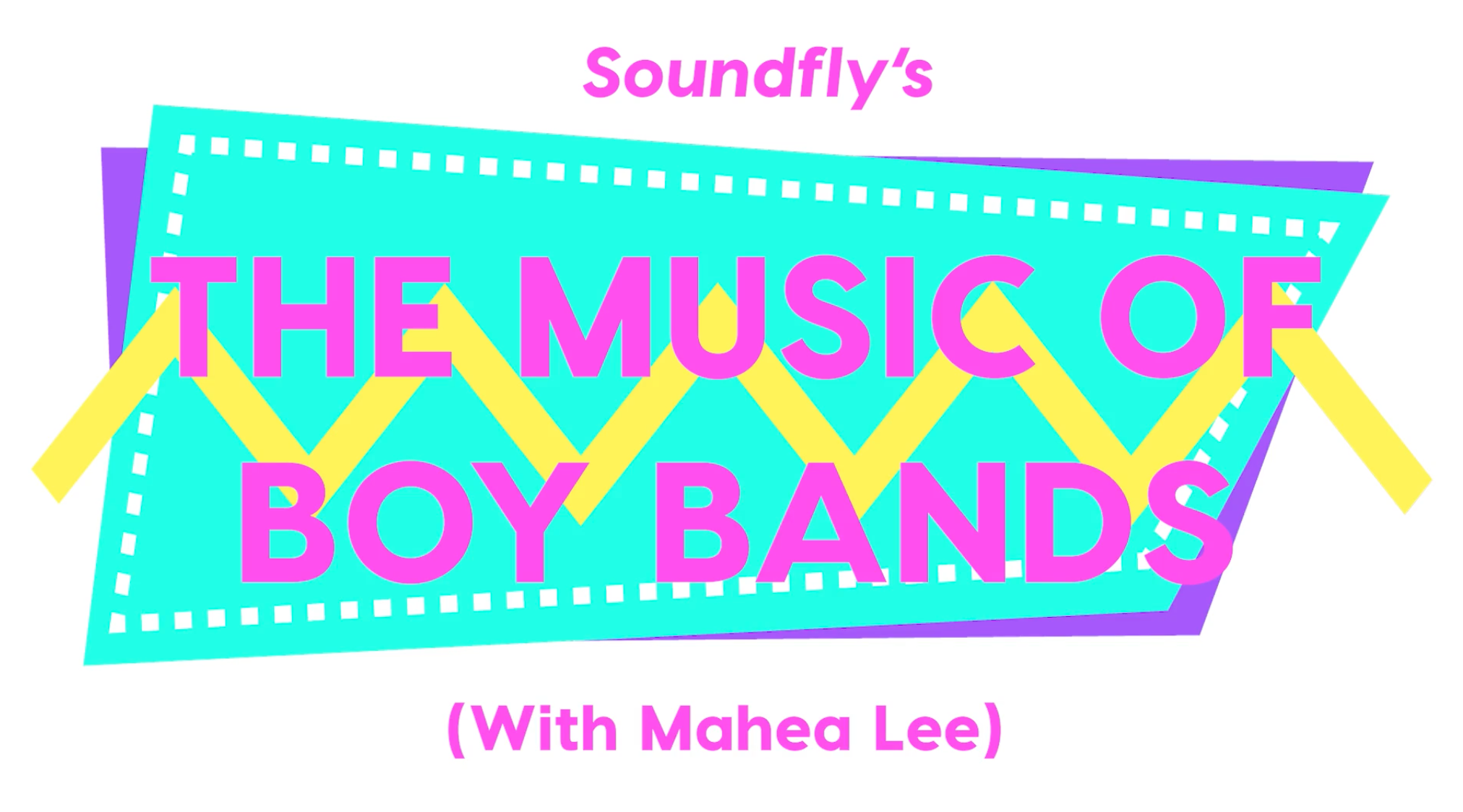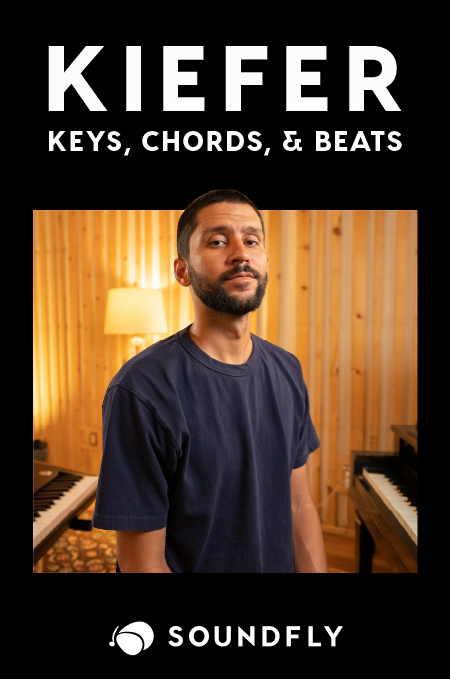
+ This is excerpted from Soundfly’s new The Music of Boy Bands course. To access this course and hundreds more videos and tutorials on production, songwriting, composing, arranging, beat making, and mixing, subscribe to Soundfly.
In this lesson, we’ll be breaking down some of the lyrical techniques employed in the Backstreet Boys’ mega-hit, “I Want It That Way.”
In previous lessons throughout The Music of Boy Bands, we cover the production, arranging, lyric-ideation, song structure, and historical context of this song as well as many other hits of the boy band era. Here, we’ll only cover some fundamental lyric-writing techniques, but if you find more examples you’d like to talk about, post them in the comments.
If you’d like to follow along more closely, you can download the lyrics here:
Download: “I Want It That Way” Lyrics
Rhyme
This song is full of rhymes, most of which are very simple and straightforward. Each verse includes four lines and follows an AABB rhyme scheme. Here’s verse 1:
A: You are my fi-re
A: The one de-si-re
B: Be-lieve when I say
B: I want it that way
In the first two lines, we have “fire” rhyming with the second and third syllables of the word “desire.” The third and fourth lines rhyme the word “say” with the word “way.” Both of these show up again throughout the song.
The “fire/desire” pairing happens with the exact same lyrics in the middle eight. It’s also in Verse 3, but there, the lines have been altered a bit:
Am I your fi-re
Your one de-si-re
Verse 3 is also the only verse to feature a slant rhyme. Here are lines 3 and 4:
Yes I know it’s too late
But I want it that way
Repetition and rhyme are used heavily throughout the song, but not always in the same way.
In the chorus, we have a sort of call and response thing happening, with the “call” being the repeated “Tell me why.” I know there are multiple schools of thought when it comes to whether or not a word rhymes with itself, but I’m going to go out on a limb here and say that here, I feel alright about calling the rhyme scheme in the verse something like this:
A: Tell me why
B: Ain’t no-thing but a heart-ache
A: Tell me why
B: Ain’t no-thing but a mi-stake
A: Tell me why
C: I ne-ver wan-na hear you say
C: I want it that way
In the bridge, we get yet another simple rhyme scheme. In this case, we have two lines that don’t rhyme and two lines that do:
X: Now I can see that we’ve fal-len a-part
A: From the way that it used to be
X: No matter the distance, I want you to know
A: That deep down inside of me
Once again, a fantastic boy band hit is showing us that combining a variety of simple ideas can lead to something really interesting.
+ Read more on Flypaper: “3 Tips for Getting Out of a Lyric Rhyming Rut.”
Alliteration
This song isn’t exactly covered in alliteration, but there are definitely at least a couple of interesting moments.
- “I want it that way“
- “Deep down inside of me”
It’s worth noting that both of these lines play unique roles within the context of the song. The first, as you know, serves as the title and hook. The second happens at the song’s climax.
Like we talked about in an earlier lesson, alliteration can be a good tool for generally polishing lyrics, and it can also be used to subtly strengthen an important moment.
Scansion
There’s a lot of symmetry and repetition in this song, but with minor variations here and there that kind of slip under the radar.
For instance, there’s a slight difference in the lyrical “formula” of Verse 1 and Verse 2 related to scansion. Here’s an excerpt from Verse 1:
x / x / x
You are my fi-re
x / x / x
My one de-si-re
And here’s the first half of Verse 2:
x / x / x x /
But we are two worlds a-part
x / x x /
Can’t reach to your heart
The little differences in Verse 2 aren’t super noticeable, but they’re pretty interesting:
- The first line starts very similarly to those in Verse 1. In fact, if it weren’t for “apart,” it would be the same pattern of stresses. Instead, it’s a seven syllable line that shifts the rhyme further out.
- The second line in Verse 2 contains five syllables, just like the earlier lyrics, but the actual stress pattern as emphasized by the melody is slightly different. It matches the last five syllables of the line above it instead.
In other ways, the song sticks to more predictable scansion patterns that would be easy to replicate. For example, Verse 1 includes four lines, each of which is five syllables in length.
5: You are my fi-re
5: My one de-si-re
5: Be-lieve when I say
5: I want it that way
In terms of where the stress fall, the first three lines follow an identical pattern, while the fourth is a slight variation. Instead of emphasizing the second syllable of the line, that stress is moved to the first, “I.”
Memorable Lines
The title/hook in this song definitely stands out (“I want it that way”). It’s a little confusing, but that’s pretty easy to overlook, possibly because it seems simple and straightforward out of context.
The Sounds of the Syllables
Additionally, the line, “I want it that way” is full of syllables that are open and uncovered, which can be very appealing. I’ll try to explain what I mean here.
Try saying “I want it that way” in front of a mirror. Notice the shapes your mouth makes, as well as how it feels. When you say or sing that line, the roof of your mouth automatically lifts, your jaw drops, and your tongue probably gets out of the way as well, creating more space in your mouth and allowing the line to bloom. That tends to be the case with “ah” sounds in general.
Now, do the same thing with words that are full of “ee” sounds, like “knee” and “be.” You should be able to see a physical difference in the shape of your mouth, and possibly other areas of your face as well. These sounds tend to be more nasal and pointed. You’ll probably feel things closer to the front of your face than you did before. Your mouth will likely look more like a horizontal line than an “O” shape, and it will be less spacious. It may also feel as though the sound now has to pass through your lips and teeth in a different way.
“I want it that way” is also a line that doesn’t really include many hard stops to syllables — in other words, it isn’t full of hard consonants. Yes, technically, three of the words end with the letter “t,” but when you listen to the performances, you can hear that each singer softens it a bit, allowing the syllables to kind of trail off rather than cutting off in a crisp, precise way.
When a line is full of strong consonants that are treated as such, a singer sort of has to start and stop, whereas in a case like this one, the sound is more continuous. We just kind of ease our way from one syllable to the next.
What Matters Most to You?
One of the best ways to use analysis is to start by figuring out what matters most to you and your creative process. From there, ask yourself questions that will help you make sense of things. Those might include things like:
- Are there any particularly memorable lines in this song? If so, what makes them memorable?
- Does the scansion of the verses stay the same throughout, or are there any alterations?
- Are there any great examples of alliteration in the song? If so, is there anything else significant about those moments?
- Which words are repeated throughout the song and why?
Of course, it can also be fun and interesting to dissect music and lyrics using somewhat random prompts.
If you’re curious about something, investigate it. Sometimes, it will lead to something that’s immediately actionable. In other cases, it may become useful way down the road. Either way, it’s worth it.
Don’t Stop Here!
Keep learning about The Music of Boy Bands with Soundfly’s premium course, taught by composer and music analyst Mahea Lee. This quirky short course is a digestible deep-dive that is at once both fun and factual, whimsical and analytical, and chock full of useful tips that any pop-oriented songwriter or producer can immediately put to use. In it, we’ll break down how the various elements such as lyrics, melody, chords, production, and arrangement come together to produce a style of music that can be as surprising as it is familiar. And we’ll look to the song banks of *NSYNC, One Direction, and Backstreet Boys for inspiration to help us improve our own songwriting and production skills.
Join The Music of Boy Bands today, and start learning how to turn your childhood pop obsession into actionable songwriting and production skills!





